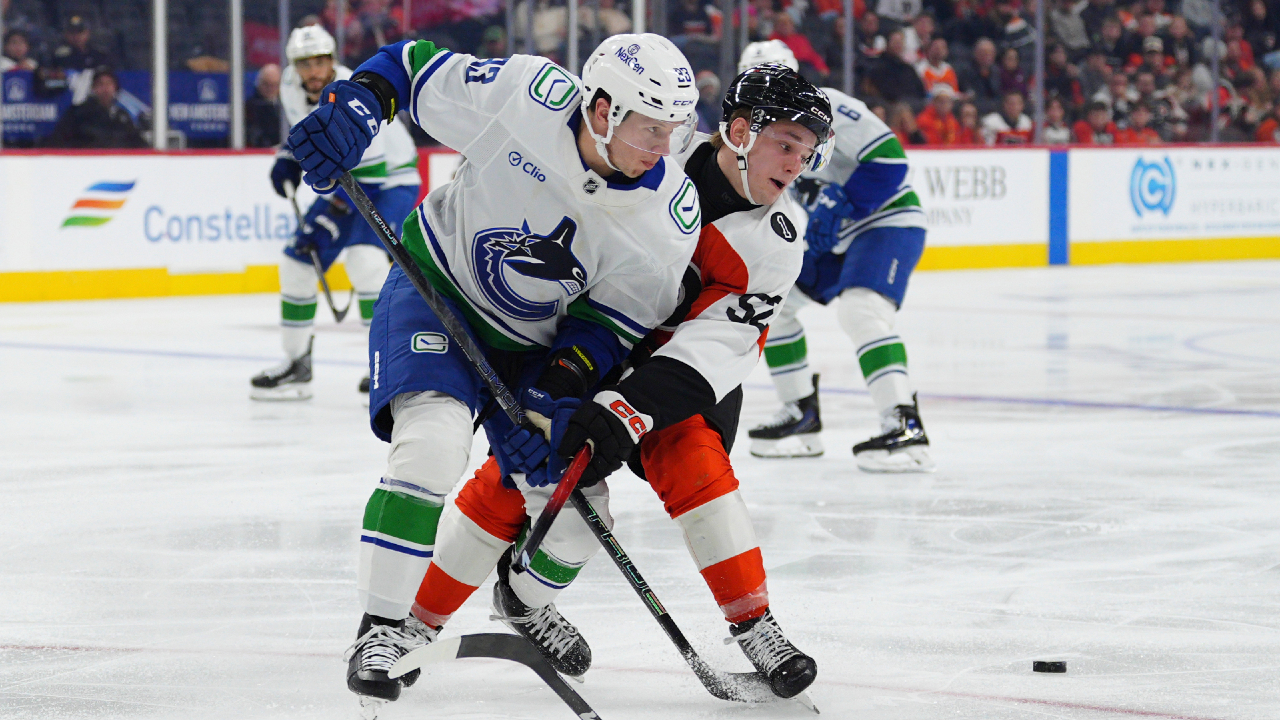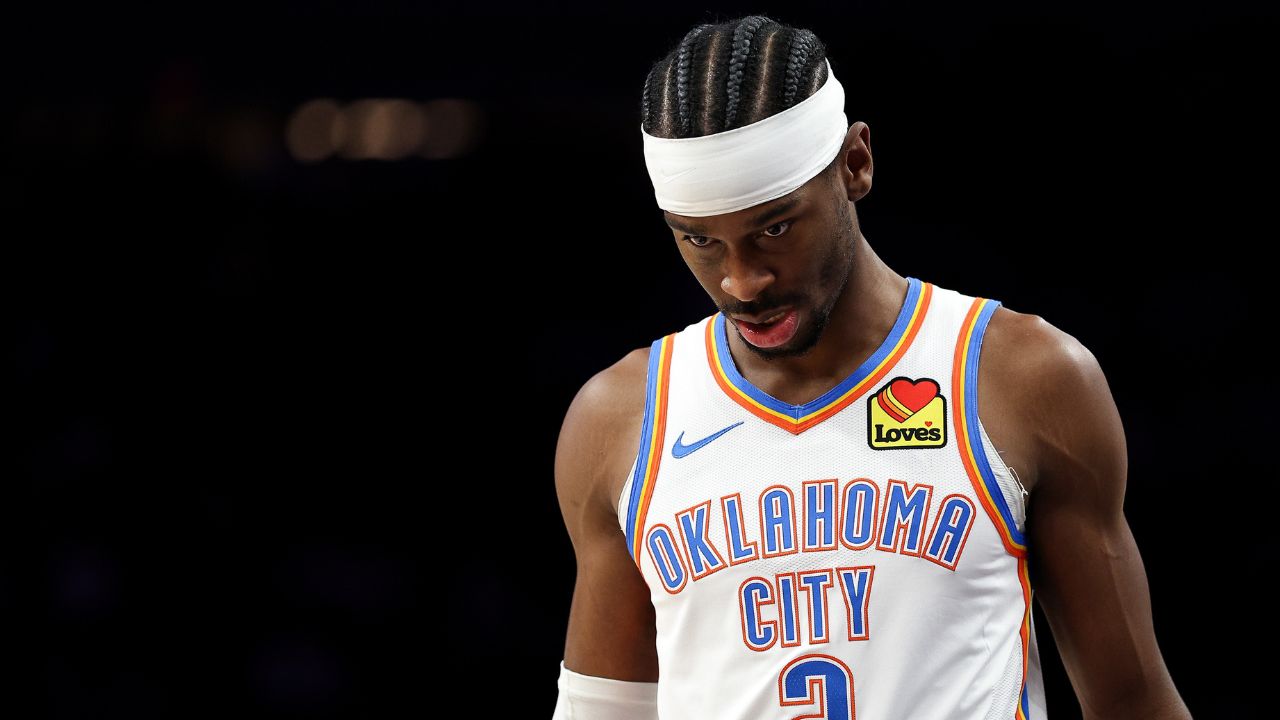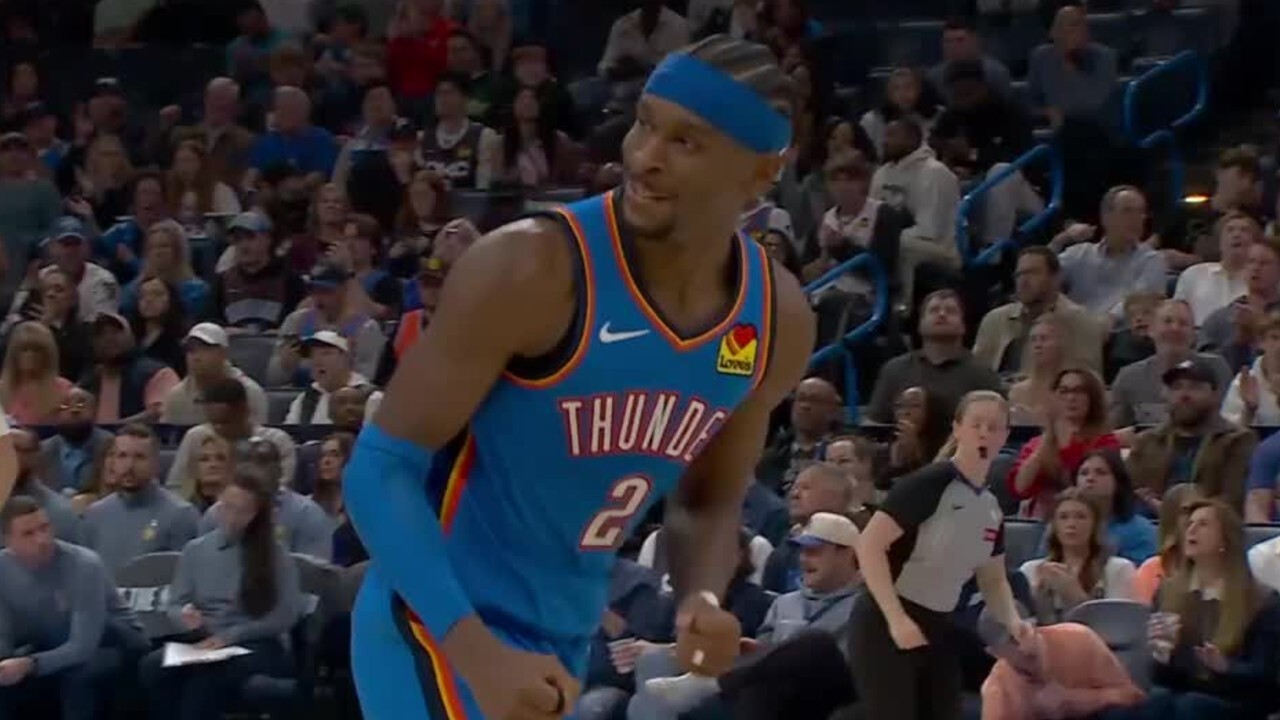
LAS VEGAS — A short walk from the fountains of the Bellagio, the half-scale replica of the Eiffel Tower and the largest spherical building in the world, there are constant reminders of baseball.
At the Cosmopolitan of Las Vegas, big-league all-stars walk the halls in street clothes, agents debrief with free agent clients from the gym’s stationary bikes while team executives mull lunch options above a smoky casino.
And somewhere in the 61-storey hotel, the reigning American League champions are laying the initial groundwork for their next moves.
While various predictions and reports continue linking the Toronto Blue Jays to free agent position players like Kyle Tucker and the incumbent Bo Bichette, the one area they absolutely must bolster is pitching.
That’s not to say the Blue Jays don’t have genuine interest in the likes of Tucker and Bichette — what serious team wouldn’t? — but there’s a case to be made that their internal depth is stronger on the position-player side than it is on the pitching side.
Tucker and Bichette are widely considered two of the top position players available, and both are expected to command nine-figure contracts in free agency once they decline qualifying offers by next Tuesday’s deadline.
A lifelong Blue Jay, Bichette has said many times he’d like to return to Toronto, and the front office and coaching staff certainly value the 27-year-old with a lifetime .294 batting average and .806 OPS. Tucker, a 28-year-old with a career OPS of .865, is the best offensive player available this winter.
The markets for both players are expected to be strong.
As a team with considerable resources, the Blue Jays will remain engaged with Bichette and Tucker as well as other top free-agent bats, including recently posted Japanese slugger Munetaka Murakami. Based on how they’ve operated in previous off-seasons, it’s logical to assume the Blue Jays will have financial thresholds they’d be comfortable reaching for those free agents and levels they’d prefer not to surpass.
While that process unfolds, the Blue Jays can’t overlook pitching as they look to build their 2026 roster. The departures of Chris Bassitt and Max Scherzer leave a hole in the starting rotation, and filling that void appears to be the team’s top priority this winter.
Doing so is never easy and this market should be no different, with virtually every team looking for some type of pitching help, even if they’re shopping in different tiers. Given that Kevin Gausman and Shane Bieber are both eligible for free agency after the 2026 season, while Jose Berrios can exercise an opt out next fall, pursuing a front-line arm to act as a pillar in the rotation next year and beyond would be a logical move.
At present, the most likely path ahead may be one additional starting pitcher to join that trio and, presumably, Trey Yesavage. But there may also be opportunities for the Blue Jays to add multiple pitchers capable of starting if they acquire a swing reliever along the lines of Eric Lauer, who will also return.
Beyond that — and perhaps more important than a swing reliever — they’re likely to also seek a late-inning reliever who can miss bats in high leverage, replacing Seranthony Dominguez, who is also a free agent.
As one agent noted: “They’re in every market.”
At the same time, the Blue Jays are said to be involved, not desperate.
Agents at the GM Meetings believe they are well-positioned to be aggressive this winter, and that’s clearly true coming off their World Series run. They’ve spent consistently in recent winters, signing the likes of Hyun Jin Ryu, George Springer, Gausman, Bassitt, Anthony Santander and Jeff Hoffman to lucrative multi-year deals.
Once again, the Blue Jays are positioned to spend in free agency this winter. But with Vladimir Guerrero Jr. already locked up and Bieber back for another season, they’ve completed some major moves already, so they’re likely best described as measured and opportunistic rather than “on tilt” or “desperate” as they’ve been inaccurately described in previous winters.
In an ideal world, the Blue Jays would find a way to add an impact bat to their offence while also adding meaningfully to their pitching staff. Here at the GM Meetings, they’re exploring ways to accomplish precisely that this winter.
More notes from The Cosmopolitan of Las Vegas during the GM Meetings:
• Bieber’s decision to exercise his $16-million player option for 2026, a net value of $12 million since there was a $4-million buyout on it, remains confounding to rival agents and executives amongst baseball’s chattering classes. But one wise agent cautioned against judging the call because there may be a variety of factors in play that for now aren’t currently known.
• An underlying factor this off-season is the current collective bargaining agreement’s looming expiry on Dec. 1, 2026. While that may seem like next winter’s problem, one agent said markets “are always a little weird” the year before a labour negotiations because some teams can become wary of making big deals when the sport’s economic system could perhaps change, perhaps substantially, in the next deal. The area of the market most in danger as a result? Relief pitchers beyond the elite closers atop the free-agent field, said the agent, given that teams can already be reluctant to spend big on the bullpen and with volume in that market segment. Some believe any current deals would have to be grandfathered into a new agreement.
• Last week, Blue Jays president and CEO Mark Shapiro said the current CBA’s coming end won’t alter his team’s approach this winter. “We’ll continue to plan with a system in place, because that’s the only certainty we’ve got,” he said. “I’m obviously privy to all those conversations and, at some point, if we move past conjecture into certainty, we’ll adjust to the system that it changes to if that happens.”




